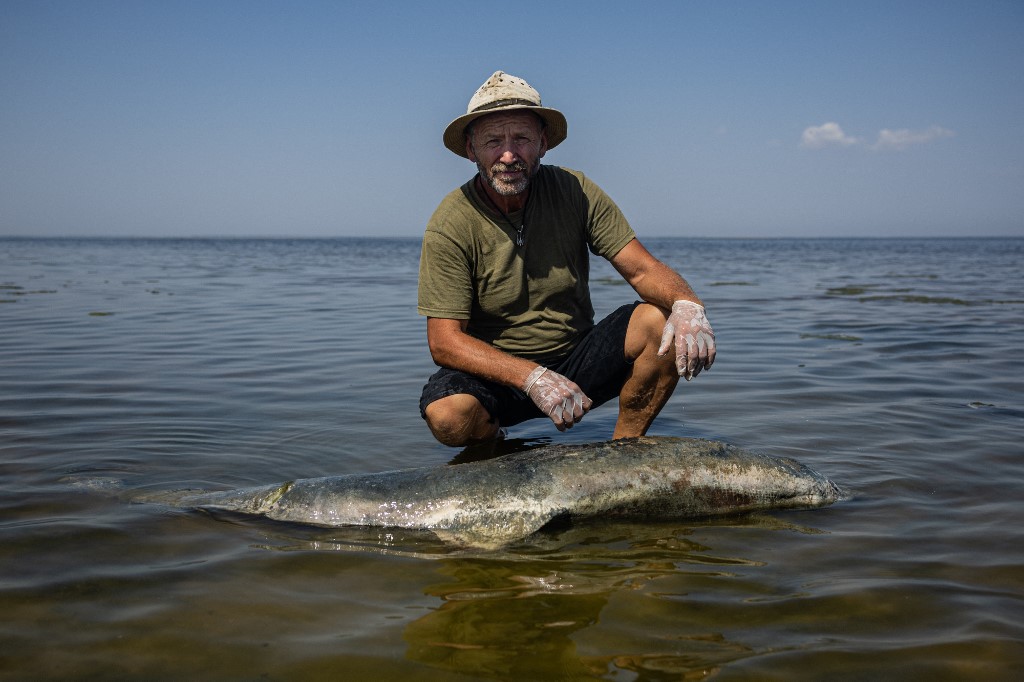
Scientist Ivan Roussev examines a dead dolphin at the Limans Tuzly Lagoons National Nature Park in Odesa region. /Dimitar Dilkoff/AFP
Scientist Ivan Roussev examines a dead dolphin at the Limans Tuzly Lagoons National Nature Park in Odesa region. /Dimitar Dilkoff/AFP
Ukraine is experiencing a "terrifying" increase in dolphin deaths along its coastline since the start of the conflict, with an estimated 5,000 of the animals killed since March – almost 2 percent of the Black Sea's total population.
Ivan Roussev is the scientific director of the Touzly Lagoons national park, 280 square kilometers of protected coastline in an isolated area of Ukraine's Odesa region.
READ MORE
UK woman's search for missing Chinese father
Europe's cost-of-living crisis
Berlin's historic gas lamps under threat
The location might seem like a paradise with its sandy beaches and clear water – but every day, when Roussev walks past anti-tank mines to take his morning inspection of this territory, he wonders if he will find another dead dolphin.
"Last year, on our 44 kilometers of coastline, we found a total of three dolphins," he says. "This year, on the five kilometers alone where we are allowed to operate, we have already recovered 35."
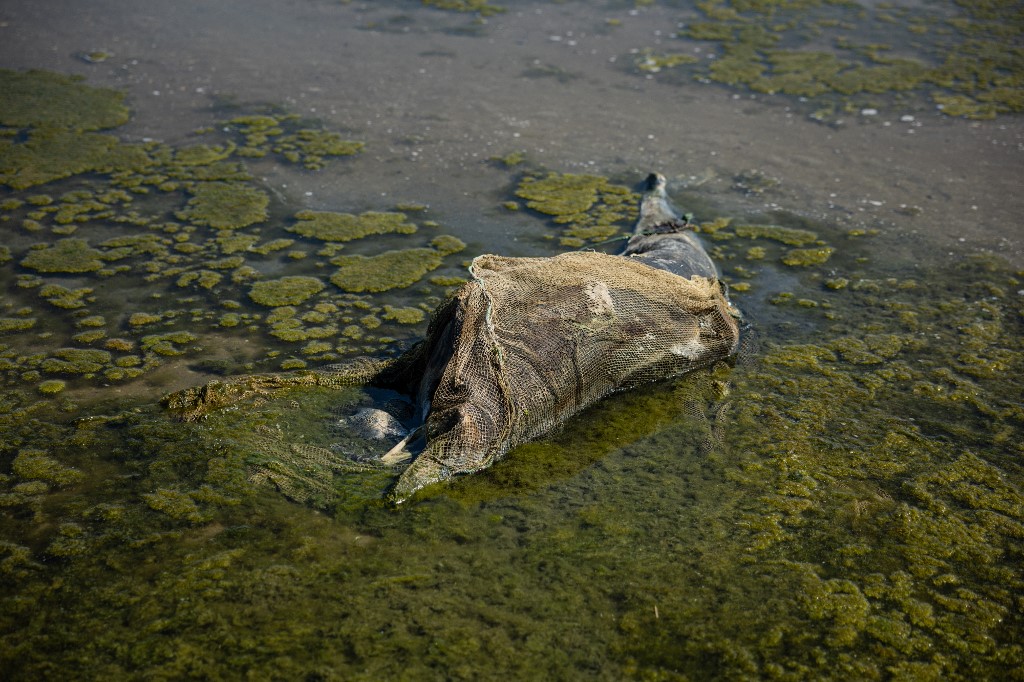
Roussev says the impact of the conflict has been 'terrifying' on the local dolphin population. /Dimitar Dilkoff/AFP
Roussev says the impact of the conflict has been 'terrifying' on the local dolphin population. /Dimitar Dilkoff/AFP
It is difficult to know exactly how many have been stranded elsewhere in the park, as much of the area is off-limits to its employees after the Ukrainian army took up position there, fearing a waterborne Russian attack.
But the impact has been "terrifying," says Roussev, a native of the region who began recording the effects of war on wildlife on the first day of Russia's military operation.
He says the first mammals were stranded in March. The team had to move quickly to document the deaths as roving jackals would often take the dolphin carcasses away.
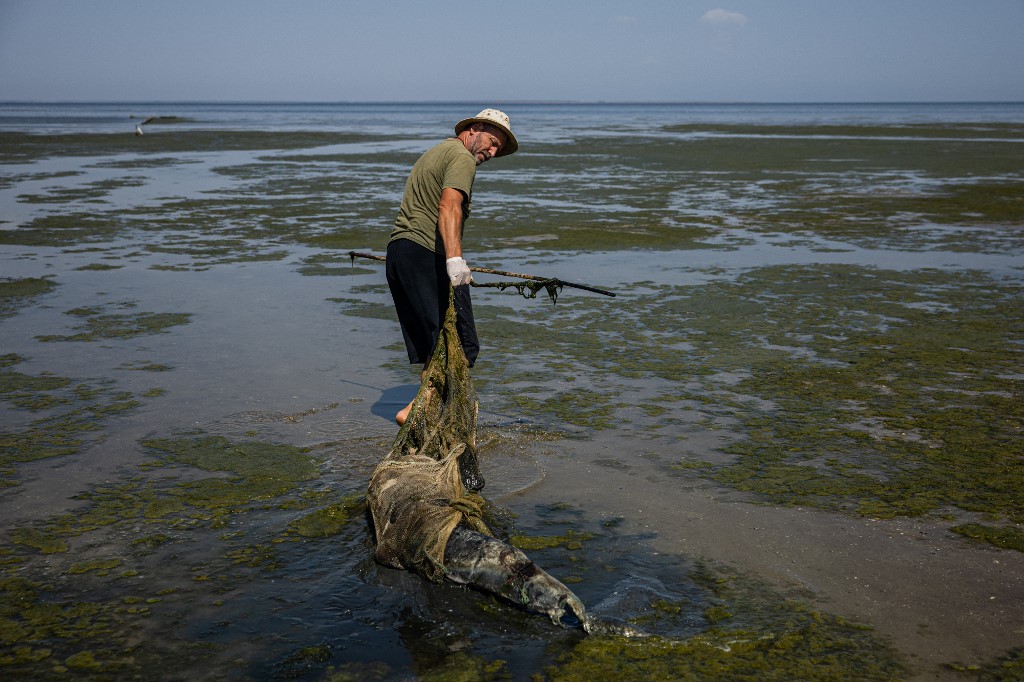
Roussev estimates that 5,000 dolphins have been killed since March. /Dimitar Dilkoff/AFP
Roussev estimates that 5,000 dolphins have been killed since March. /Dimitar Dilkoff/AFP
"We started communicating with our Turkish, Bulgarian and Romanian colleagues," says the scientist. "They all made the same observation: There have been a huge number of dead dolphins since the war began."
The Turkish Marine Research Foundation had already expressed concern in March about an "unusual increase" in dolphin deaths found on the Turkish Black Sea coast.
Roussev estimates a figure of 5,000 dolphins killed, which would amount to almost 2 percent of the total dolphin population of the Black Sea.
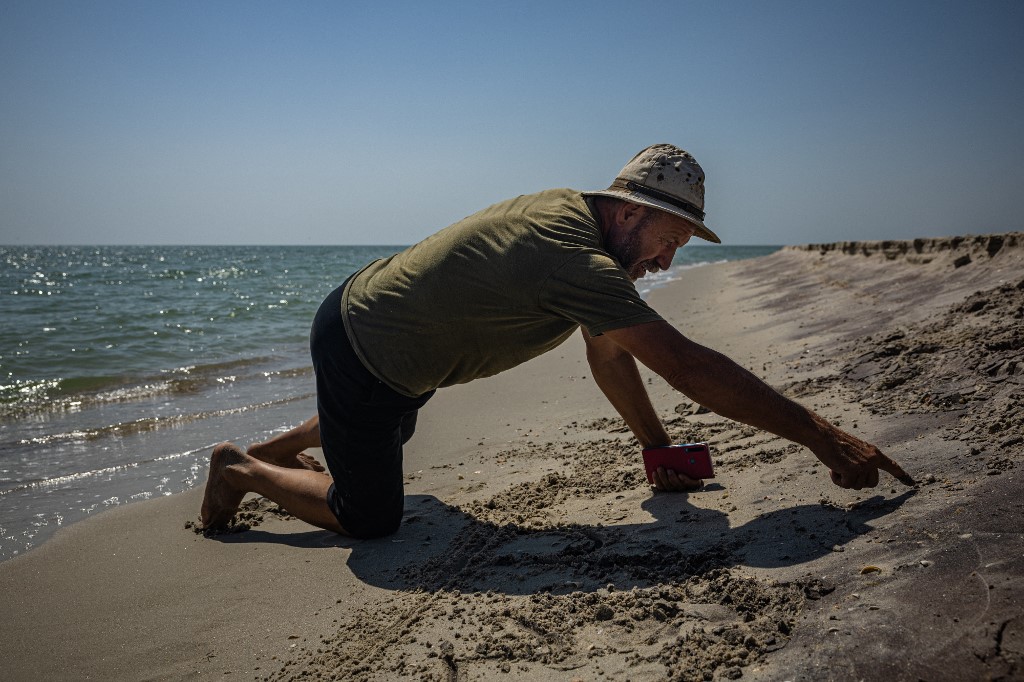
He blames the deaths on sonar used from Russian warships and submarines disrupting "the acoustic system of the dolphins." /Dimitar Dilkoff/AFP
He blames the deaths on sonar used from Russian warships and submarines disrupting "the acoustic system of the dolphins." /Dimitar Dilkoff/AFP
Estimated at two million in the middle of the 20th century, the population of the three dolphin species that inhabit this almost-closed sea has suffered for decades from fishing and pollution.
The last census, in 2020, put their numbers at 250,000.
For Roussev, there is no doubt about what's causing the deaths – powerful sonar used by Russian warships and submarines plying the Black Sea, which he says disrupts "the acoustic system of the dolphins."
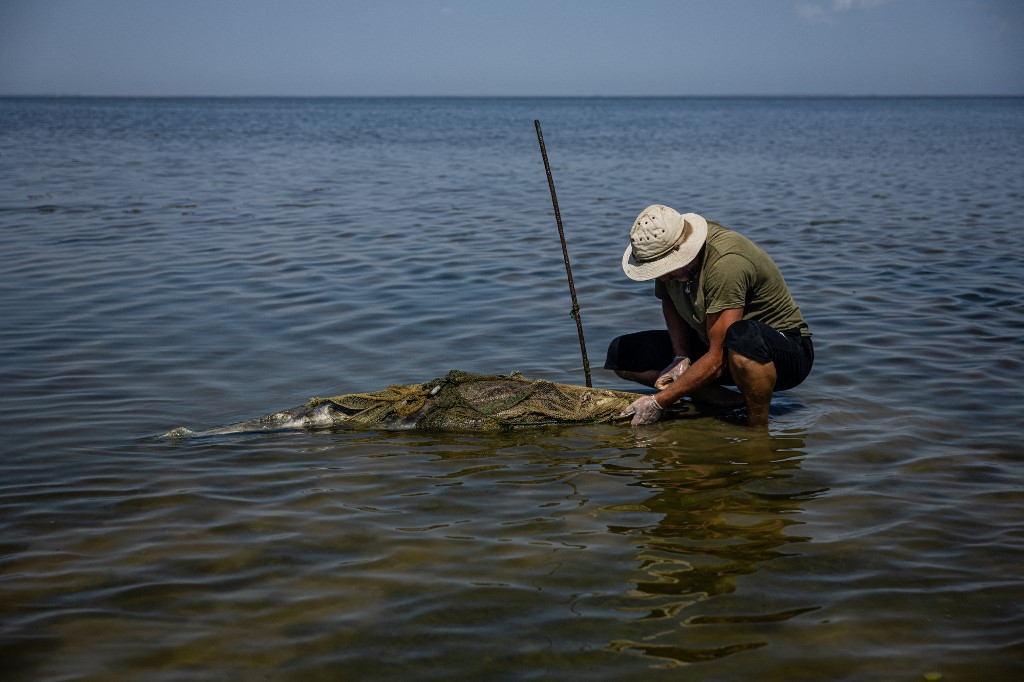
Russian scientists have rejected the theory that sonar is to blame for the dolphins deaths. /Dimitar Dilkoff/AFP
Russian scientists have rejected the theory that sonar is to blame for the dolphins deaths. /Dimitar Dilkoff/AFP
"This destroys their inner ear, they become 'blind' and can no longer orient themselves or fish," explains Roussev. Weakened, the dolphins fall ill and die of infections.
As proof, he points out that none of the dolphins found this year had visible wounds or typical wounds indicating that they had been caught in a fishing net.
The hypothesis has yet to be confirmed and Russian scientists, who have also noted an excess of dolphin deaths, have dismissed the sonar theory, saying the dolphins had become victims of a morbillivirus, a cause of frequent fatal epidemics among marine mammals.
Samples are now being analyzed in Germany and Italy to assess the root cause of the spike in dolphin deaths.
Source(s): AFP

